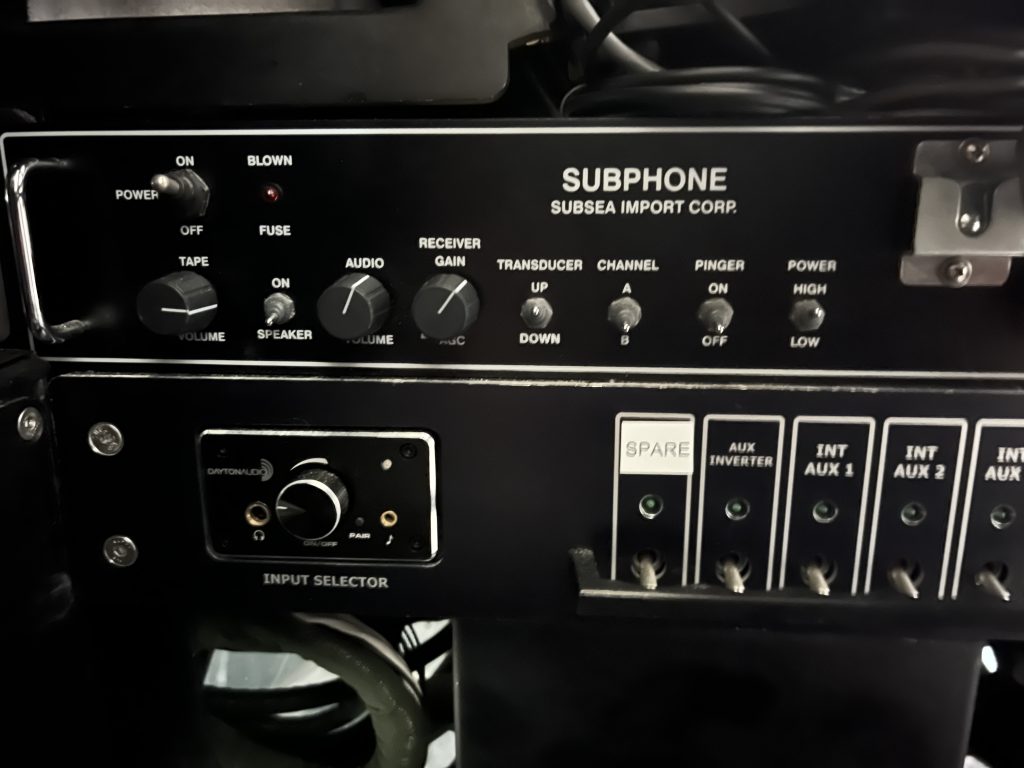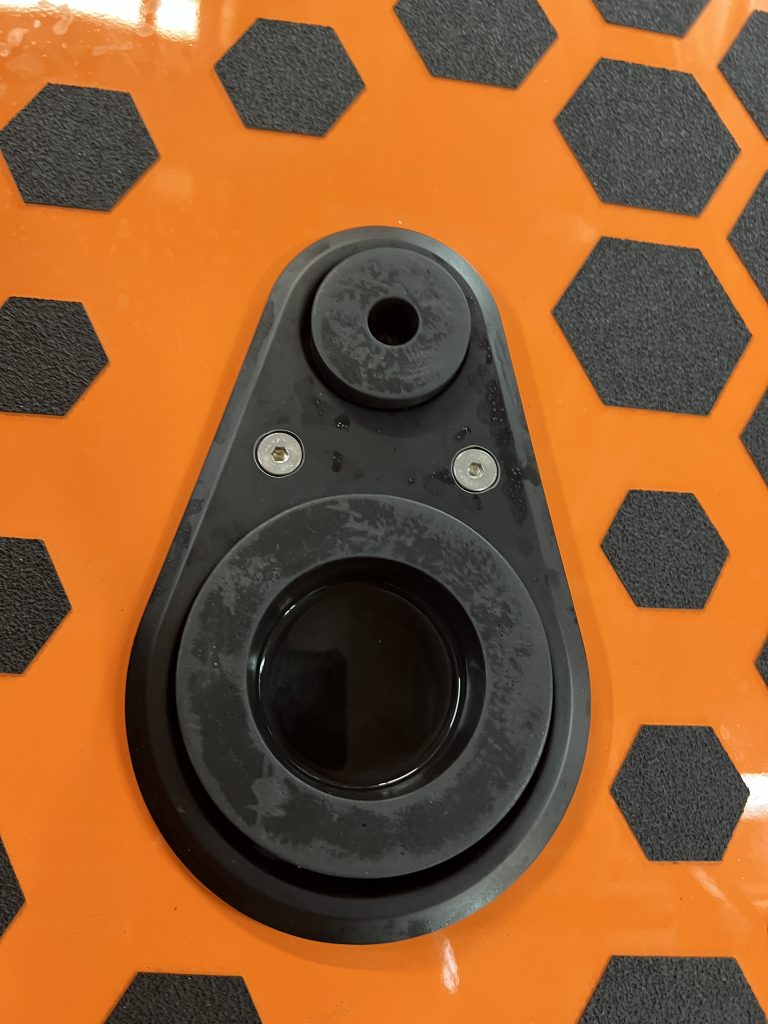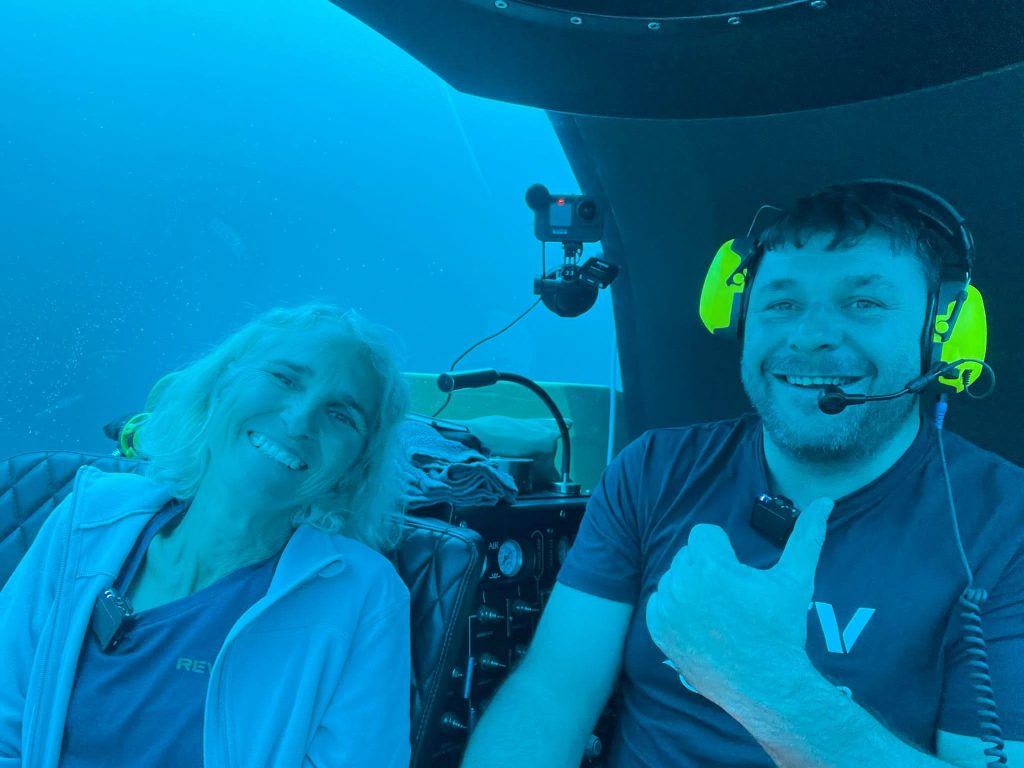Certainly! We are able to have voice communication between our submersible and its Mother Ship (MOSHIP) using an Underwater Telephone (UWT). The setup involves control units on both the submersible and the ship, along with transducers (speaker like devices) equipped with built-in hydrophones. The pilot speaks into a microphone-like device connected to the control unit; the control unit converts the pilots voice to an electrical signal. This signal is then acoustically transmitted by a transducer into the water. On the ship, a hydrophone, akin to a microphone, detects and amplifies the signals, converting them into electrical signals which are output on a speaker, allowing the Surface Officer to hear the pilots voice. This efficient two-way communication enables the pilot and Surface Officer to receive and respond to messages effectively.

Above: The control unit for the underwater telephone inside the submersible

Above: The 10kHz and 27kHz underwater telephone transducers on a submersible. These both transmit the subs messages and listen for the ships (or other subs) transmissions.

Above: Wearing the underwater telephone headset which converts the pilots voice to electrical signal which is then transmitted by the submersible’s transducer
However, it’s not that easy. It’s important to note that underwater communication systems must contend with challenges such as signal attenuation, noise interference, and the effects of water pressure. The pilots voice also becomes slightly distorted and if they have a very thick accent, it can become difficult to understand the pilot. For this reason, there are standardized communication protocols that help improve sub-ship communications.
Here’s an example showing the general quality of communication between the Surface Officer and the Submersible. (The Surface Officer will then repeat back the pilot’s response – not shown in this video) – Scroll Down!